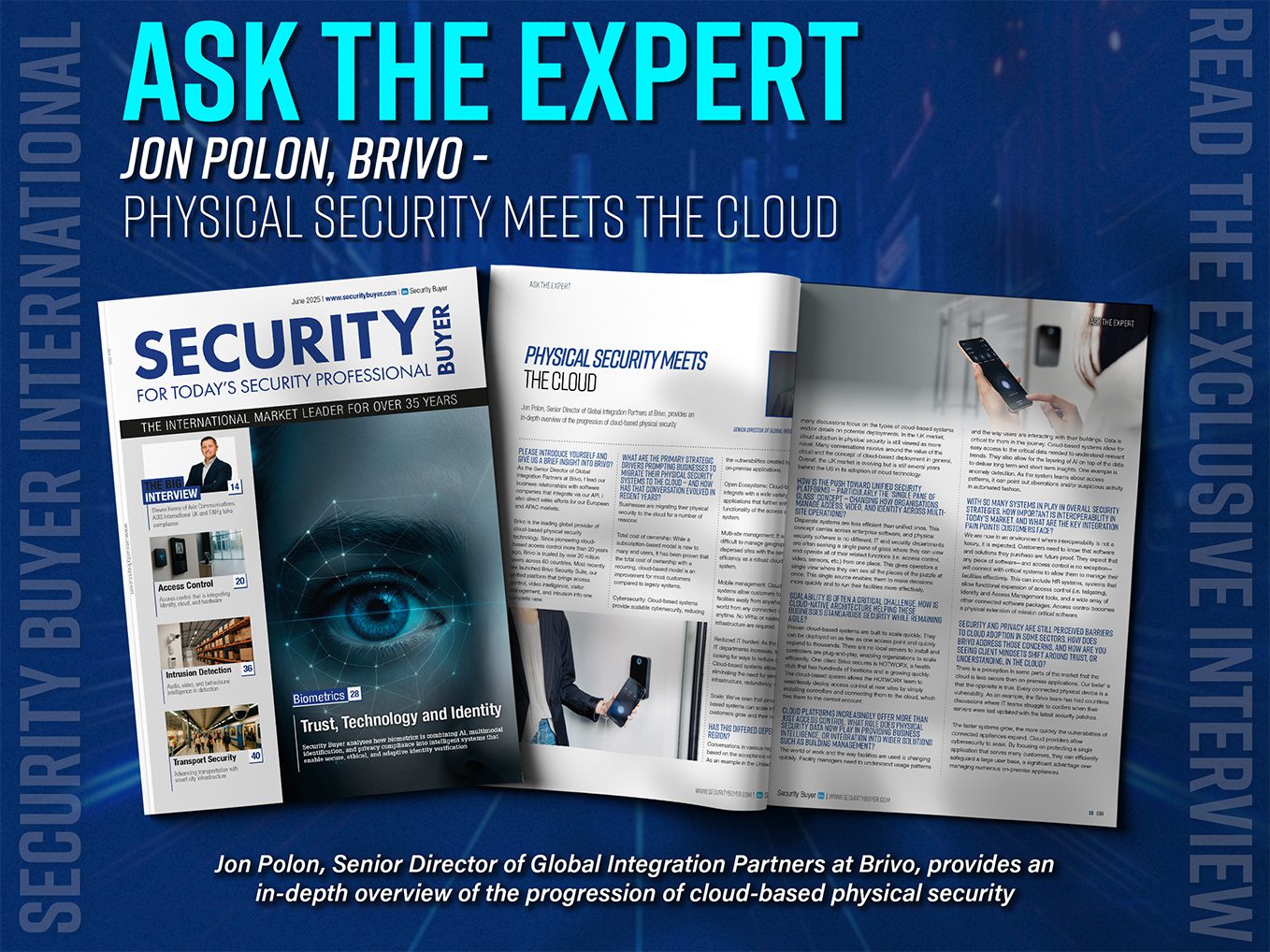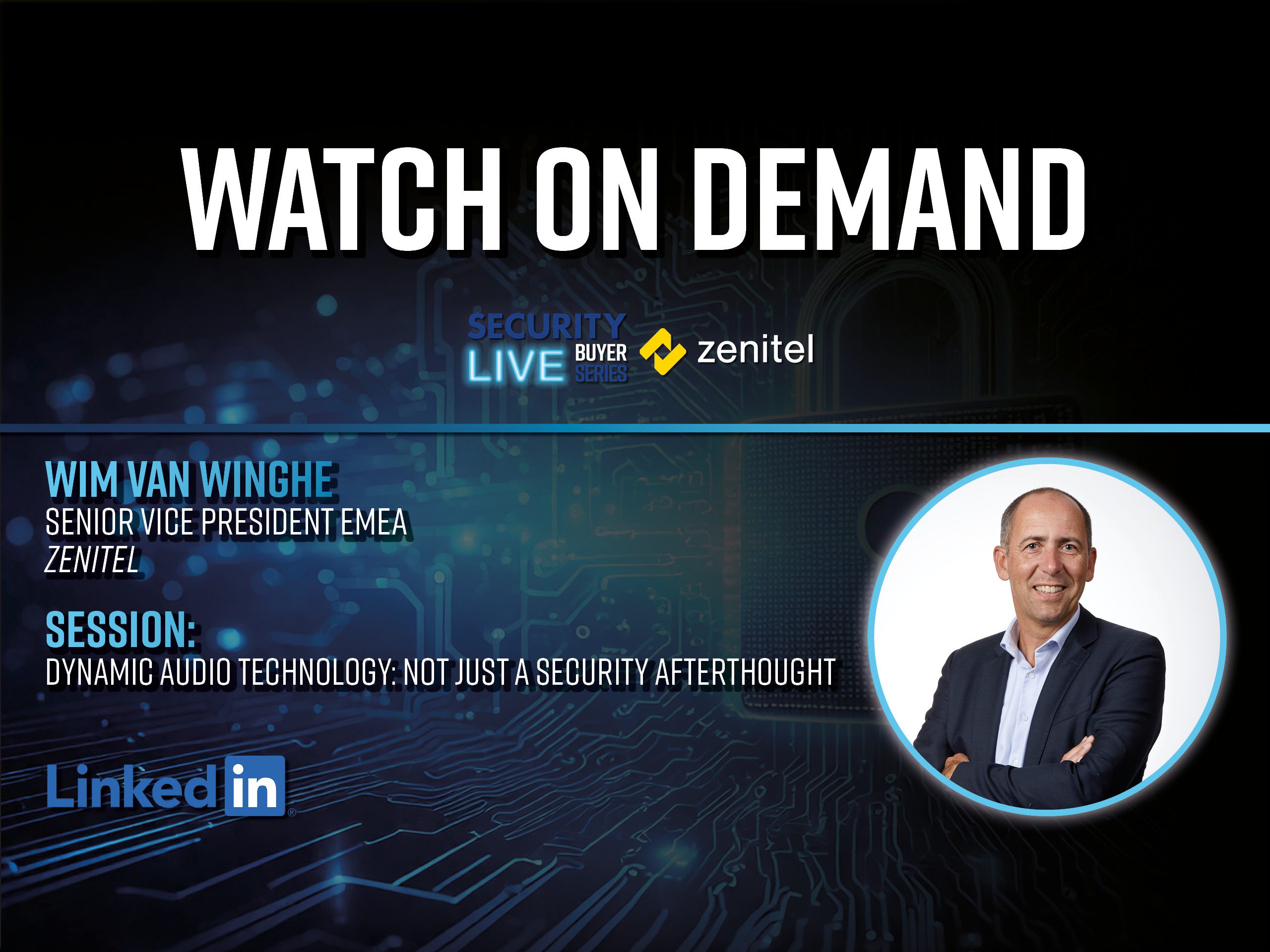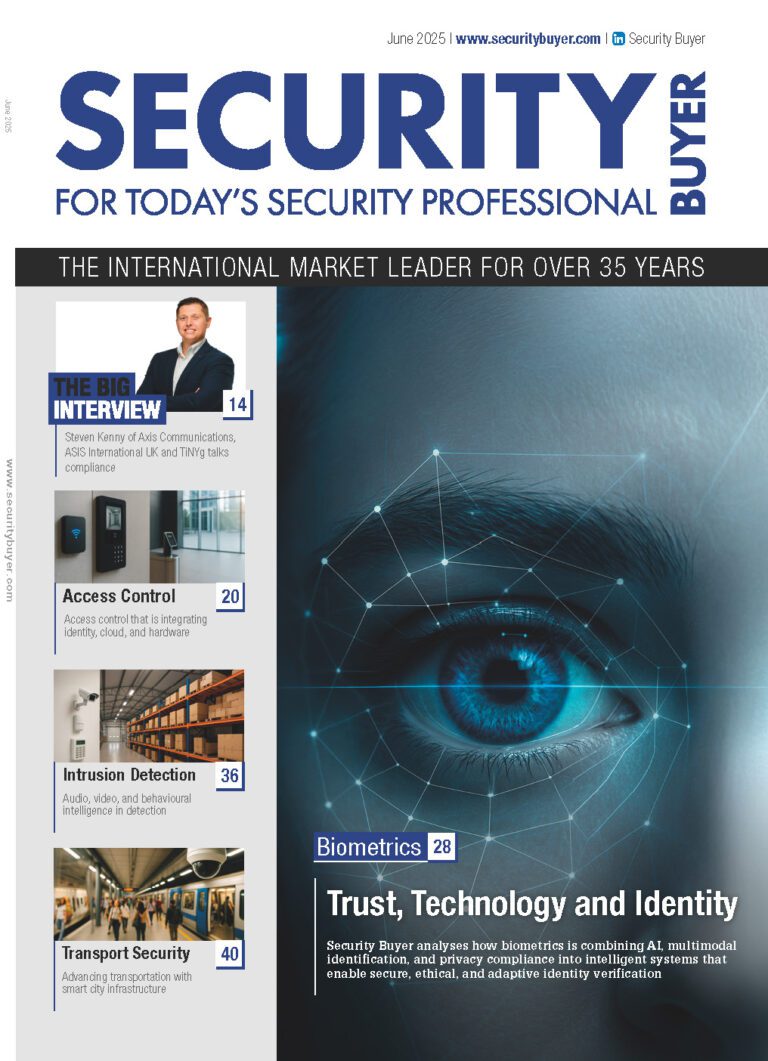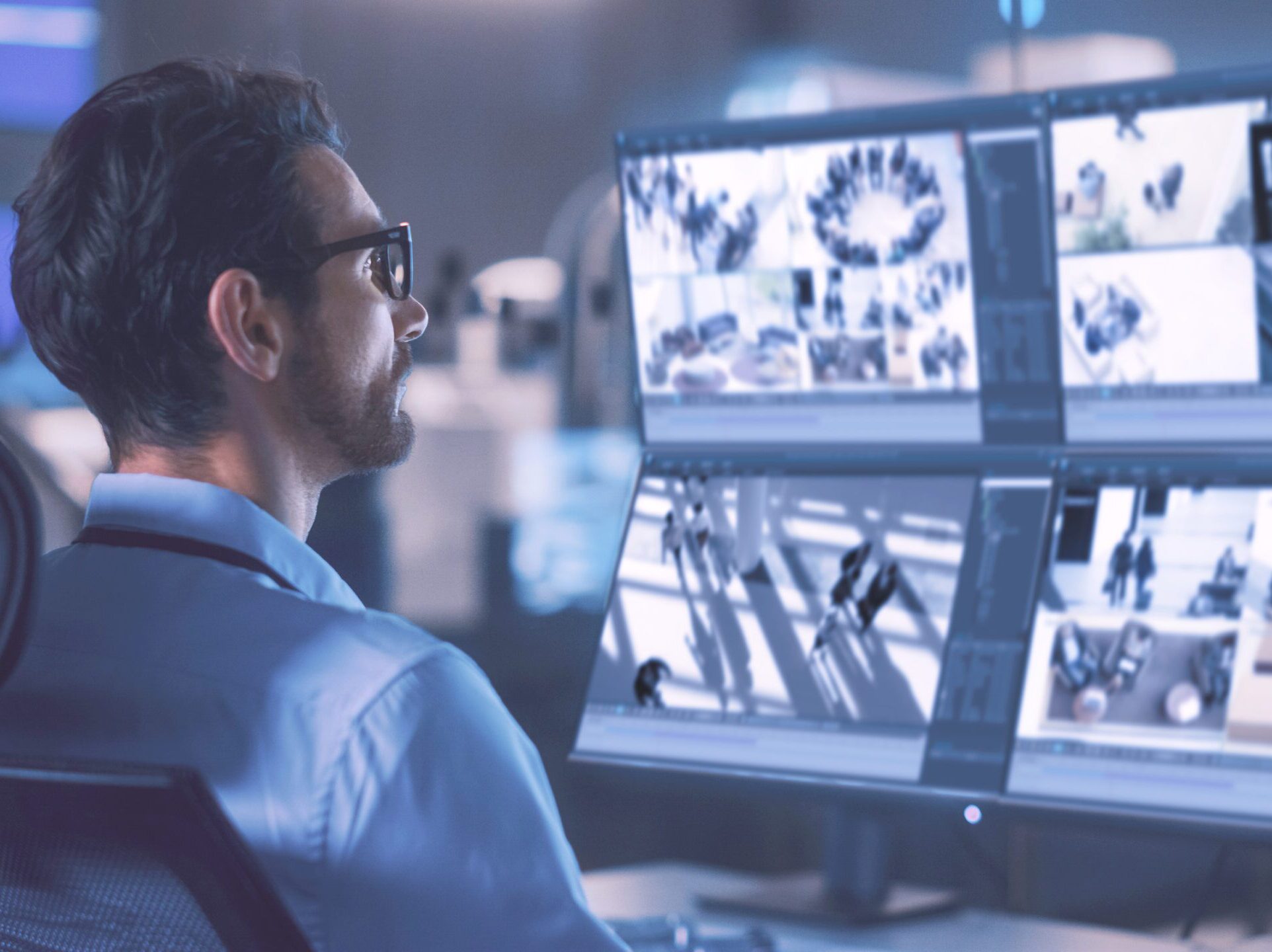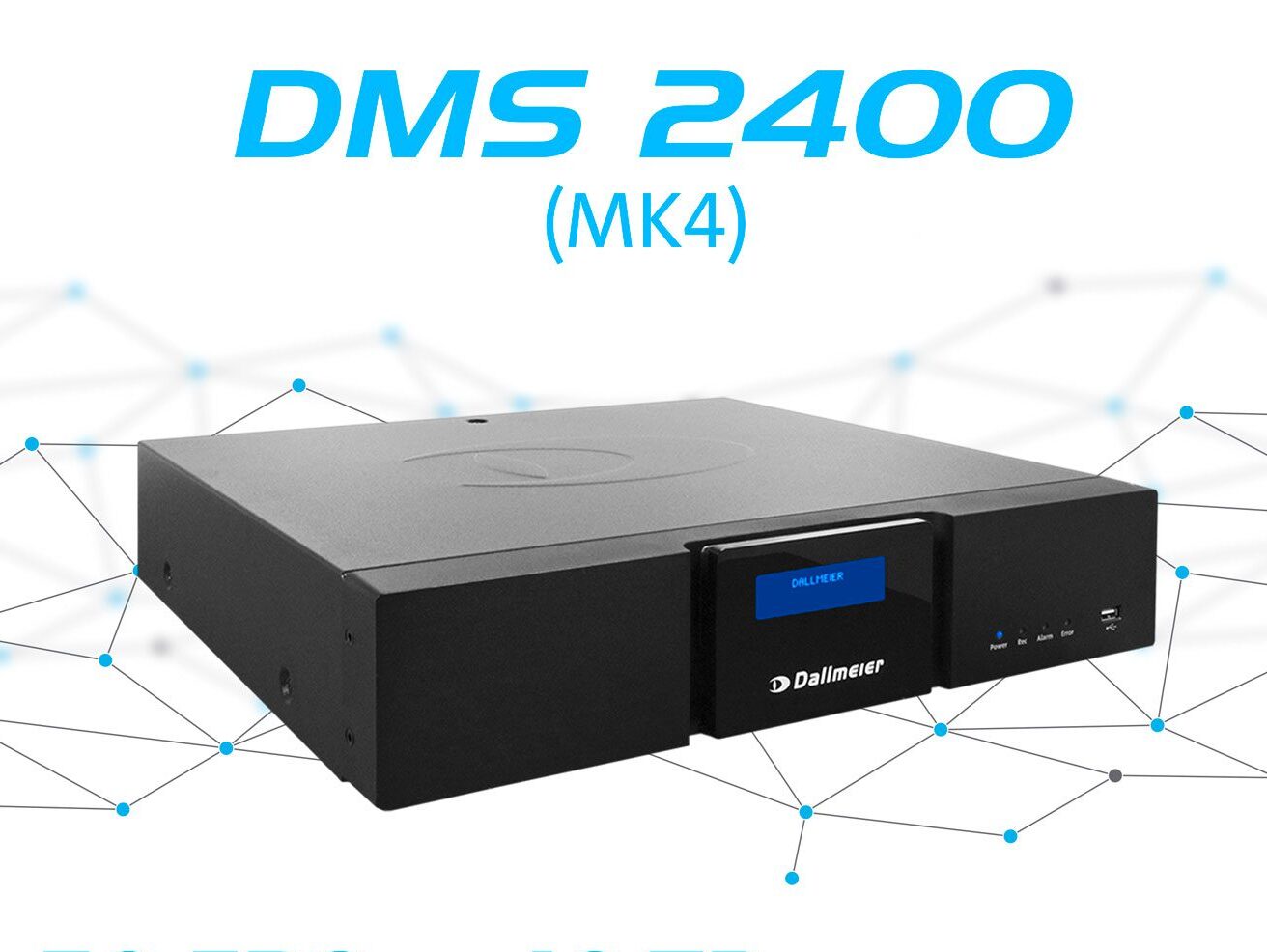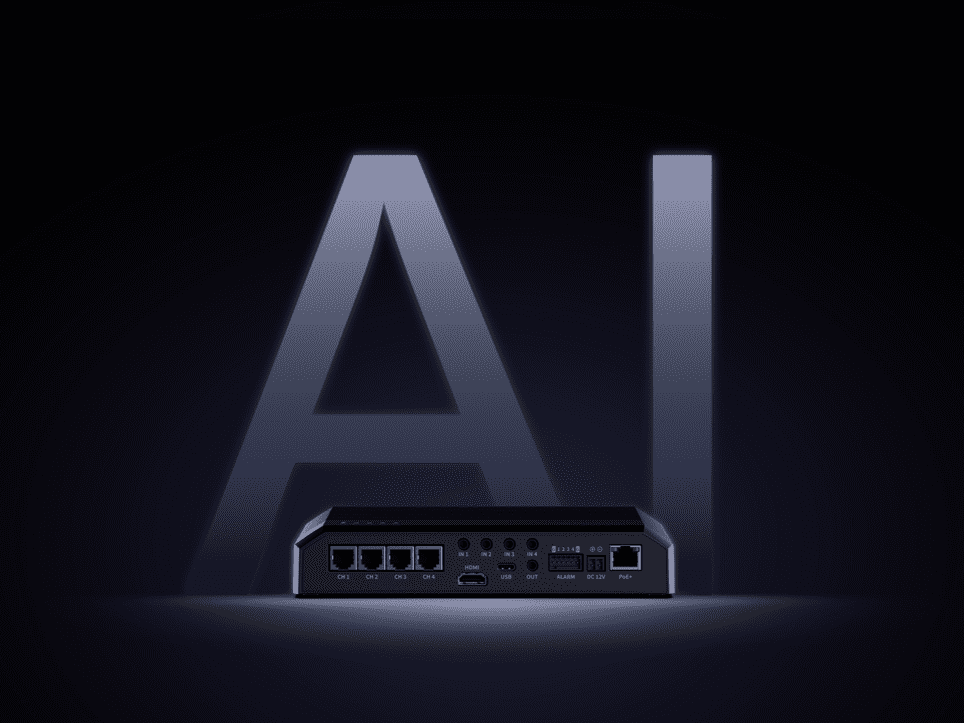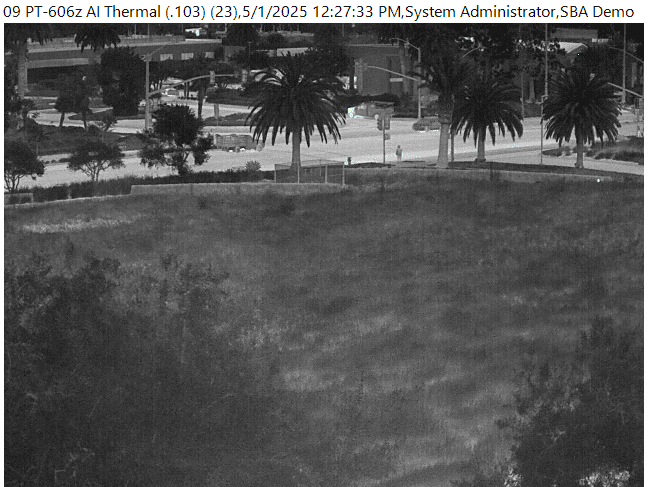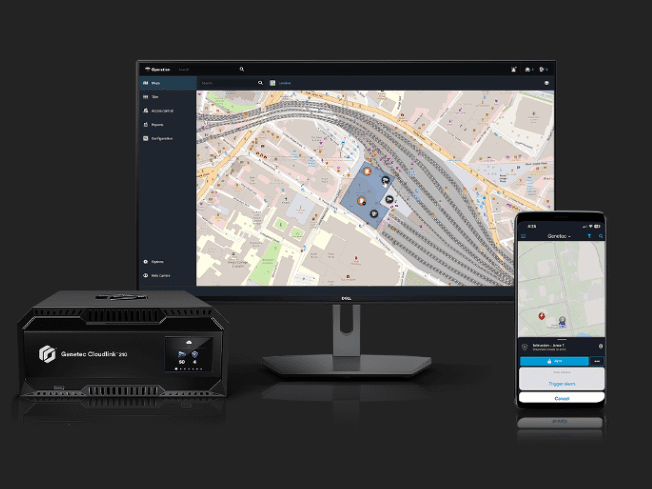With high-definition video, you can see more, react faster, and take better care of your people and assets. But getting the full potential of HD requires an in-depth review of your end-to-end security infrastructure. Here are Hikvision’s three top tips for making the jump to HD.
Everyone knows that high definition (HD) is, dramatically improving viewing quality and experience.
For security, that’s super important. For example, HD images can significantly assist in event investigations, particularly in terms of reviewing incidents and verifying claims. On the other hand, if video of license plates or other key evidence is grainy and blurry, it can make cases time-consuming, difficult, and expensive to solve. Likewise, for business owners that are looking for peace of mind, high-definition footage supports faster, more effective incident responses.
1. Select a high-definition camera that suits your needs
Some HD cameras are designed to give visibility across large areas, while some focus on small spaces; and some can zoom in on a person or vehicle of interest while others can’t. That’s why you need to choose cameras that are right for your specific needs, whether you’re looking to monitor a large parking lot, or the front yard of a family house.
You can ensure you choose the right HD camera by clarifying the use case you’re with your local security installer. They can help you choose the right kit and the right lens and image resolution options based on whether you need to detect, observe, recognise, or identify an object and on how far, and how clearly your cameras need to ‘see’.
2. Choose technologies that maximise storage efficiency and lower costs
Compared to conventional CCTV, the transmission of HD images consumes more network bandwidth and storage space. This means limiting the bitrate from HD video streams is critical. According to a 24-hour testing in a busy café restaurant, with cameras at the same resolution and frame rate, we found that the H.264 codec yielded an average of 22.7 GB. Strikingly, Hikvision’s H.265+ averaged only 3.9 GB, demonstrating an 83% improvement in storage consumption. It’s also possible to maximise transmission and storage efficiency with the right video recording plan.
3. Make sure your monitor delivers the right HD viewing experience
It would be a shame if you have had good quality HD security cameras and network environment, but the video images on the monitor are in low resolution. In other words, if you deployed an HD camera at 2 MP, and your monitor supports up to 720 P, ultimately you would get video images with 720 P resolution, instead of 1080 P your camera is able to provide.
So, to get the most out of the HD cameras and infrastructure you have, you need a monitor that is at least 1080 pixels. Preferably, it should also be equipped with proper image rendering and processing technologies to deliver true-to-life HD images. Only this way will you get the crystal-clear images that the leading HD cameras can provide.
Media contact
Rebecca Morpeth Spayne,
Editor, Security Portfolio
Tel: +44 (0) 1622 823 922
Email: [email protected]


